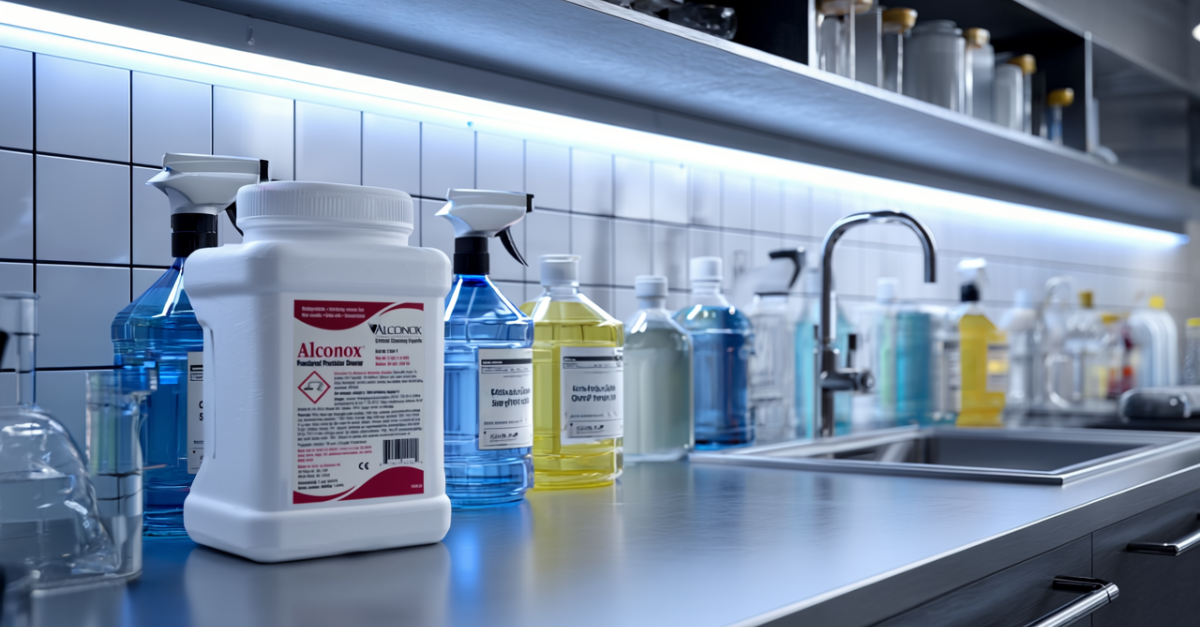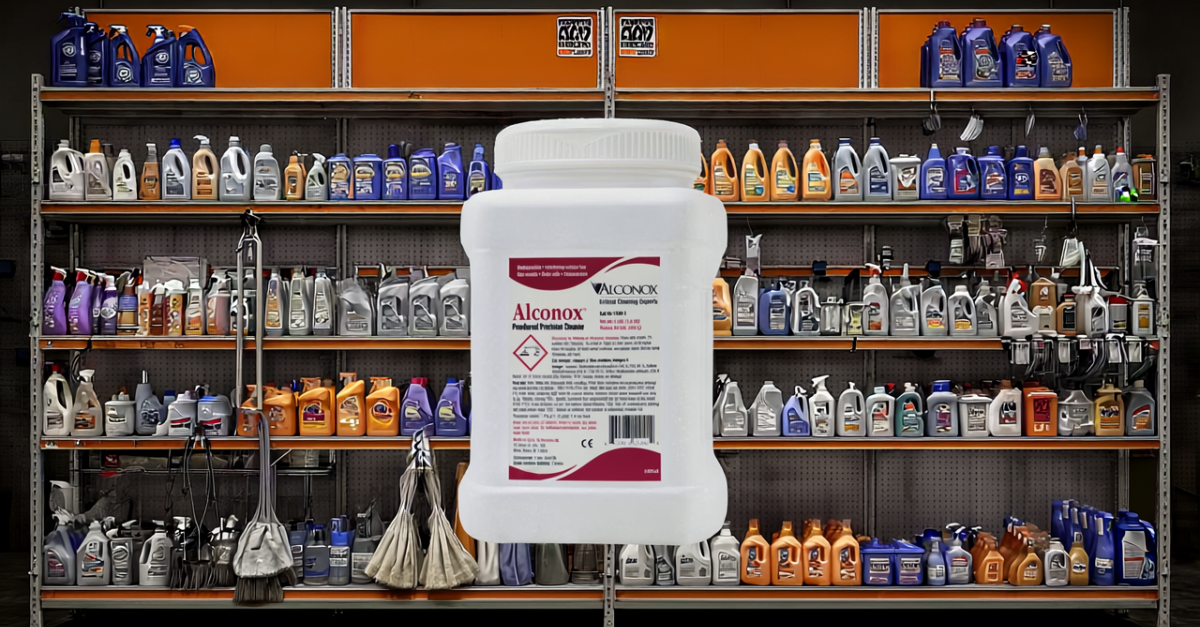Q. We are going to start a cleaning validation with Alconox and I was wondering what kind of support you could offer? I would be interested in seeing any protocols and sample prep suggestions. I tried some experiments with Linearity for Alconox on the TOC and had some difficulties.
A. Thanks for your question about linearity issues with detecting residues of Alconox using total organic carbon (TOC) for pharmaceutical cleaning validation. I do have some general comments regarding linearity and TOC with Alconox:
1. If you make a stock or standard solution of Alconox starting with less than 10 g of Alconox such that you are not getting a representative sample of Alconox with the characteristic amount of TOC.
Stock or standard solutions made up with milligram quantities of Alconox can vary widely in their TOC content depending on which types of which particles were in the sample. If you got a few extra flakes of surfactant, the TOC can be high; if you have short flakes of surfactant, the TOC can be low.
Stock solutions should be made starting with at least 10 g of Alconox.
2. Another issue with linearity and Alconox is if you are trying to measure surfactant content at levels below 0.5 ug/mL surfactant. The main source of TOC in Alconox is the surfactant, sodium dodecylbenzene sulfonate.
At concentrations below 0.5 ug/mL the surfactant is attracted to the solution surface interface (the walls of the container and top of the solution) which depletes the available surfactant in the bulk solution in the middle of the container. When you use a syringe to take a TOC sample from the middle of the 0.5 ug/mL of surfactant container, you are sampling surfactant depleted solution and you will get non-linear low readings.
Alconox is roughly 15% surfactant by weight and the TOC content of Alconox is roughly 11% by weight. This means at concentrations below 3.3 ug/mL of Alconox, corresponding to 366 ug TOC/mL, you should expect linearity to begin to deteriorate.
3. A final issue with linearity and TOC with Alconox can be the inorganic carbon content of Alconox. Alconox contains roughly 6% by weight inorganic carbon.
If the sample is not sufficiently acidified or the inorganic carbon channel of the analyzer is not dosing sufficient acid to convert all the inorganic carbon to carbon dioxide before the total organic carbon analysis is done, then the inorganic carbon can contaminate the organic carbon channel and cause high readings.
With proper stock solution preparation, awareness of surfactant attraction to the solution surface interface linearity limitations, and with appropriate inorganic carbon removal techniques, successful TOC detection can be used.



